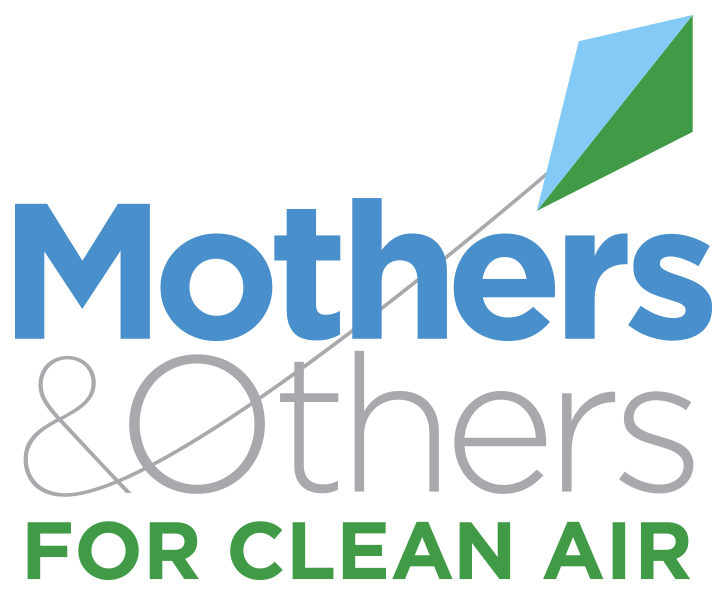Various epidemiologic investigations have shown that ambient air pollution levels are associated with acute increases in hospital admissions and mortality in the United States and abroad. The objectives of this investigation were a) to determine if racial minorities are more adversely affected by ambient air pollution than their white counterparts and b) to assess the contribution of socioeconomic status to any observed racial differences in pollution effect. Time-series regression methods were conducted to investigate these hypotheses for daily respiratory hospital admissions in New York City, New York. Pollutants considered included mean daily levels of particulate matter with a mass median aerodynamic diameter less than 10 microm (PM(10), ozone (O3), strong aerosol acidity (H+), and sulfates (SO4(2). The relative risk for respiratory hospital admission was calculated for each pollutant for a maximum minus mean increment in mean daily pollutant concentration. The greatest difference between the white and nonwhite subgroups was observed for O(3), where the white relative risk (RR) was 1.032 [95% confidence interval (CI): 0.977-1.089] and the nonwhite RR was 1.122 (95%CI: 1.074-1.172). Although not statistically different from each other, the various pollutants' RR estimates for the Hispanic nonwhite category in New York City were generally larger in magnitude than those for the non-Hispanic white group. When these analyses incorporated differences in the underlying respiratory hospitalization rates across races (that for nonwhites, was roughly twice that for whites), the disparities in attributable risks from pollution (in terms of excess admissions per day per million persons) were even larger for nonwhites versus whites. However, when insurance status was used as an indicator of socioeconomic/health coverage status, higher RRs were indicated for the poor/working poor (i.e., those on Medicaid and the uninsured) than for those who were economically better off (i.e., the privately insured), even among non-Hispanic whites. Thus, although potential racial differences in pollution exposures could not be explored as a factor, within-race analyses suggested that most of the apparent differences in air pollutant effects found across races were explained by socioeconomic and/or health care disparities.
Published Aug 1, 2001
Gwynn, R. C., & Thurston, G. D. (2001). The burden of air pollution: impacts among racial minorities. Environmental Health Perspectives, 109(suppl 4), 501–506. https://doi.org/10.1289/ehp.01109s4501
